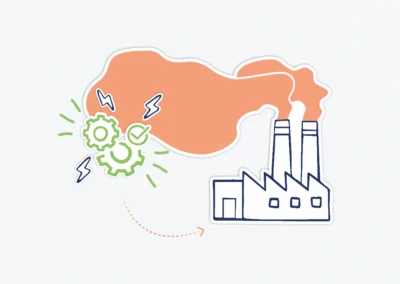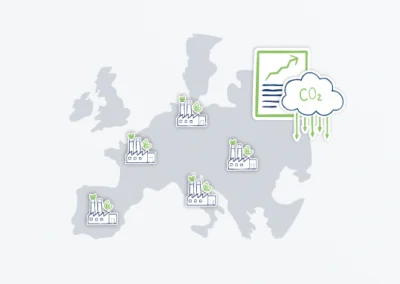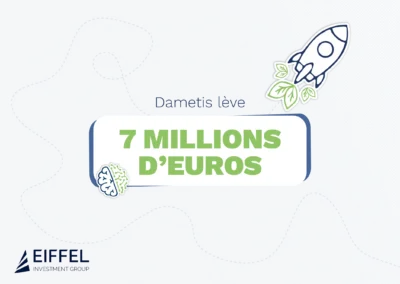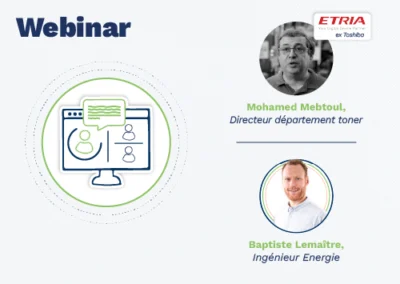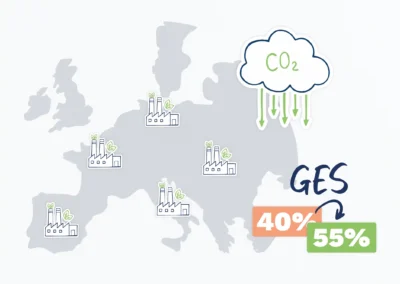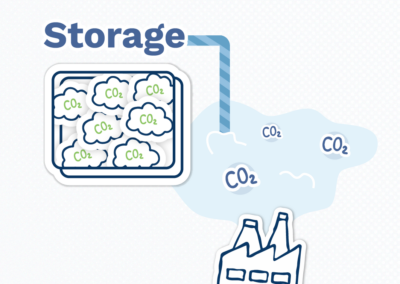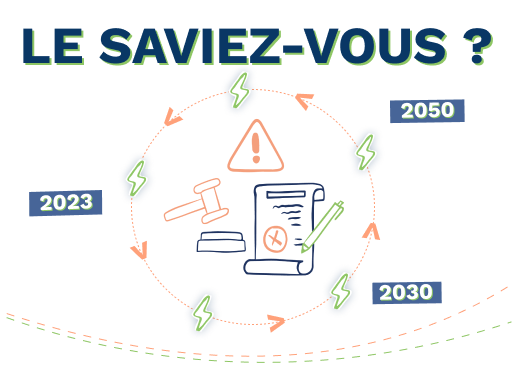
The Reform of European Electricity Markets Has Begun
Europe has experienced an unprecedented energy crisis
Europe does not wish to encounter the same energy difficulties as last winter. Faced with a gas crisis due to the resurgence of growth in Asia followed by the impact of the war in Ukraine, and then its transposition to electricity, Europe is seeking ways to handle such a situation.
275 €/MWh the average wholesale price of electricity on the French spot market in 2022
VS
48 €/MWh the average wholesale price between 2012 and 2021
Sources: press, various
After skyrocketing, wholesale electricity prices have indeed fallen significantly, but they remain twice as high as those observed during the 2012-2021 period. Therefore, vigilance remains necessary.
An initial European response deemed insufficient by many Member States
In response to soaring energy prices, the European Commission initially implemented a package of measures it called the “toolbox,” reflecting the limited ambitions of these measures. A response widely considered insufficient by many Member States, starting with France.
€657 billion
The amount allocated by EU governments to protect households and businesses from the energy shock in 2022
Source: Brugel
In practical terms, it involved allowing Member States to implement the most appropriate responses at the national level: support for the most modest households, tax reductions on electricity, aid to small businesses, etc.
France has engaged in this path with several direct support measures for consumers such as the near-elimination of the internal tax on final electricity consumption (TICFE) or the electricity buffer. But France has continued to call for a deeper reform of electricity markets.
€0.5/MWh
The current level of TICFE (compared to €22.5/MWh for industrial customers previously)
Source: Government
A comprehensive reflection on the reform of European electricity markets has begun
The persistence of high electricity prices finally led the European Commission to undertake a comprehensive reflection by first defining the objectives to be achieved.
This market organization reform aims at four main objectives:
-
- Reduce the dependency of wholesale electricity prices on the rise in fossil fuel prices (and natural gas in particular)
- Accelerate the deployment of renewable energies to aim for a 42.5% share in Europe’s energy consumption by 2030
- Provide responses to protect consumers in the event of a sharp price increase (such as during the winter of 2022/2023, for example)
- More broadly improve consumer protection
One discussion point was quickly dismissed: the reform of the price-setting method in the market. Commonly called the “merit order,” it operates on a simple principle: running production means from the cheapest to the most expensive based on their marginal production cost. The last production means called to cover consumption sets the price for all operating plants. This pricing method was deemed effective to ensure the short-term balance of electrical systems. However, the long-term issue sparked numerous discussions.
The establishment of long-term contracts
On October 17, 2023, a key milestone was reached with a European Council agreement on the general guidelines of this future reform of European electricity markets.
First, this reform aims to stabilize electricity markets in the long term. To achieve this, two main tools are favored by Europe.
Power purchase agreements (PPAs) will need to be encouraged by Member States. PPAs are private contracts between a producer and a consumer that can be signed long-term, providing price visibility to both parties. Member States will need to remove any legal obstacles and disproportionate procedures or fees. They may also establish a public guarantee to support the development of such contracts. In France, industrial clients will, for example, have the opportunity to enter into long-term contracts with producers. Industrial clients can thus stabilize a portion of their electricity budget over 5, 10, or 15 years, significantly reducing their exposure to a future surge in wholesale prices.
Already in force to support certain renewable sectors, contracts for difference (CfD) will become mandatory for all new production means receiving public support. CfDs are based on a simple principle: they guarantee a target price for the producer, facilitating their investment decision. If wholesale prices are below this target price, the public authorities pay the difference to the producer. However, these CfDs also offer security to the public authorities. Indeed, when wholesale electricity prices exceed the target price, producers pay the difference to the respective states. In the event of a price surge, public authorities are assured of recovering part of this increase. Importantly, they can use these financial inflows to support consumers in case of rising prices.
Better protection for industrial clients in the event of a crisis
The section on consumer protection contains several emblematic measures:
- Suppliers will be required to systematically offer multiple options (fixed price, dynamic price, etc.), while the possibility of using multiple suppliers for a single site was discussed. For example, a company could subscribe to a fixed-price offer for part of its electricity supply, but also, in parallel, to a dynamic price offer, for example for charging electric vehicles;
- All customers will be able to participate in energy sharing programs (e.g., within energy communities) with the use, sharing, and storage of self-produced energy;
- Electricity suppliers will need to strengthen their price hedging to protect customers from excessive price variations, while a supplier of last resort will be designated to take over the customers of a bankrupt supplier;
- Public authorities may temporarily apply regulated prices to households and SMEs, and these prices may be below wholesale prices, providing a new way to protect consumers from a future price explosion.
The agreement also allows states to continue taxing the excess profits generated by electricity companies during periods of high prices. The proceeds from this taxation can then be used to directly help customers, including industrial clients, reduce the impact of rising bills.
The next step is to pass through the European Parliament. Of course, further adjustments are possible during this legislative phase. But the path is now clear: Europe will establish an anti-energy crisis mechanism to avoid reliving the difficult period of last winter. This is indeed good news for all electricity consumers, especially industrial clients with high electricity needs.









